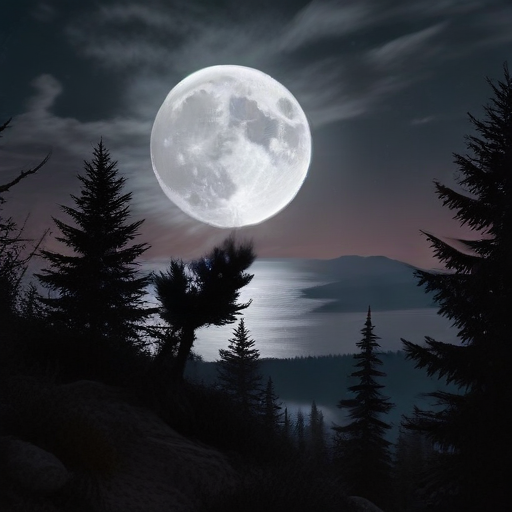The full moon in November 2024, popularly known as the Beaver Moon, is set to shine brightly as a supermoon. This celestial event will officially reach its peak at 3:29 p.m. CST on Friday, November 15. However, skywatchers can enjoy a spectacle of the almost-full moon on both the preceding Thursday and following Saturday evenings, as it rises in the east around sunset and sets in the west by sunrise.
This Beaver Moon, which is the last of four consecutive supermoons in 2024 following the blue moon in August, the harvest moon in September, and the hunter’s moon in October, offers a captivating opportunity to view the night sky just before the colder winter months approach.
The name “Beaver Moon” harkens back to traditions from The Old Farmer’s Almanac, which draws on historical naming conventions from Native American tribes, colonial America, and European settlers. It marks the time when beavers prepare their lodges for winter and signifies the ideal period to set traps for these animals before the waters freeze. Various Native American tribes have alternative names for this moon, reflecting their unique cultural associations with the natural world.
In addition to being a Beaver Moon, this event also qualifies as a supermoon, occurring when the moon is at its closest point to Earth, or perigee, at around 224,895 miles away. This brings the moon into focus, making it appear about 7% larger and 15% brighter than an average full moon. After November’s full moon, the next full moon, known as the Cold Moon, will occur on December 15; however, it will not be a supermoon.
Given the joy and wonder that celestial events like this can inspire, many people are looking forward to experiencing this stunning display of nature. It serves as a beautiful reminder of the universe’s grandeur just as we move into the colder months, encouraging individuals to step outside, gaze at the night sky, and connect with the rhythms of nature.
Summary: The November 2024 Beaver Moon will occur on the 15th and is noteworthy as a supermoon, being the last of four in the year. It’s an opportunity for skywatchers to enjoy a beautiful full moon before winter sets in. The Beaver Moon has historical significance, as its name comes from the beaver trapping season, and various Native American tribes have different names referring to this time. The next full moon, the Cold Moon, will occur in December but will not be a supermoon. This event invites everyone to appreciate the beauty of celestial phenomena before the chill of winter.
